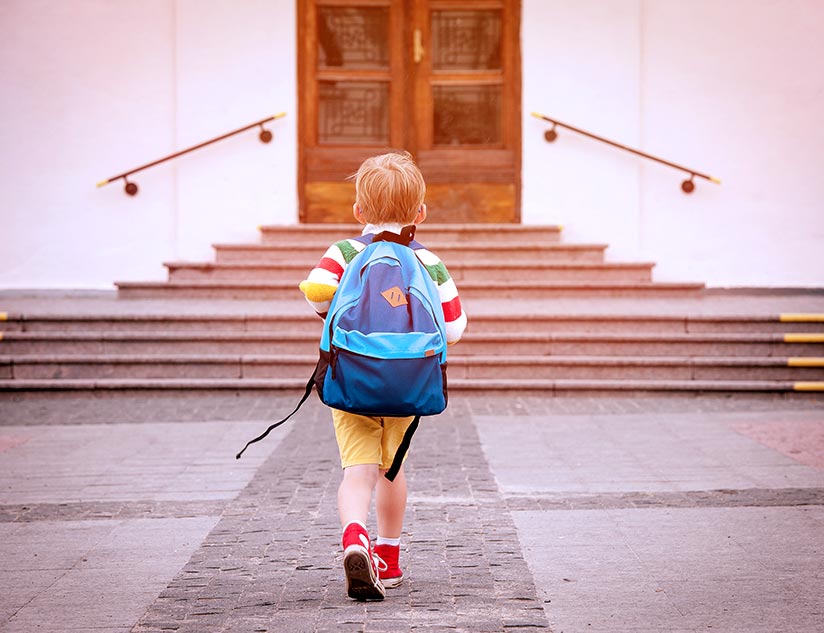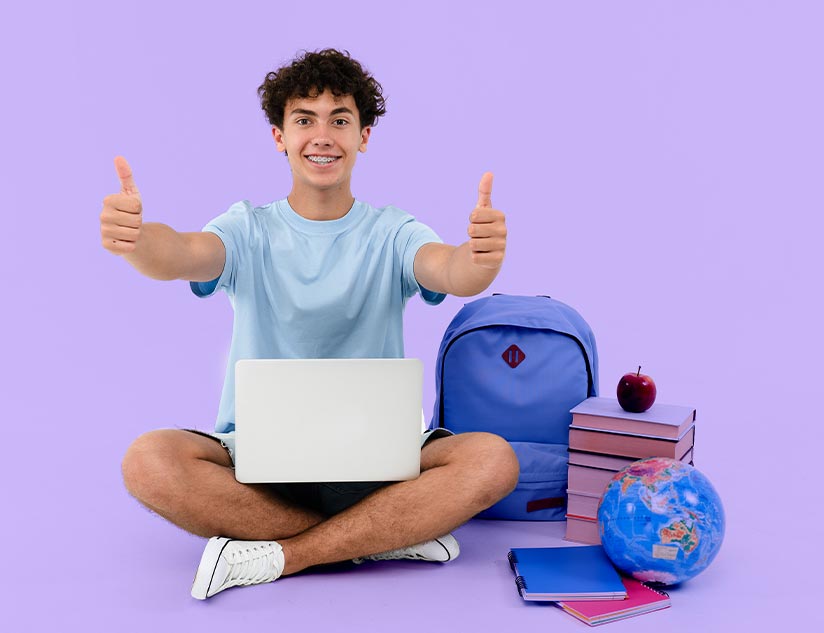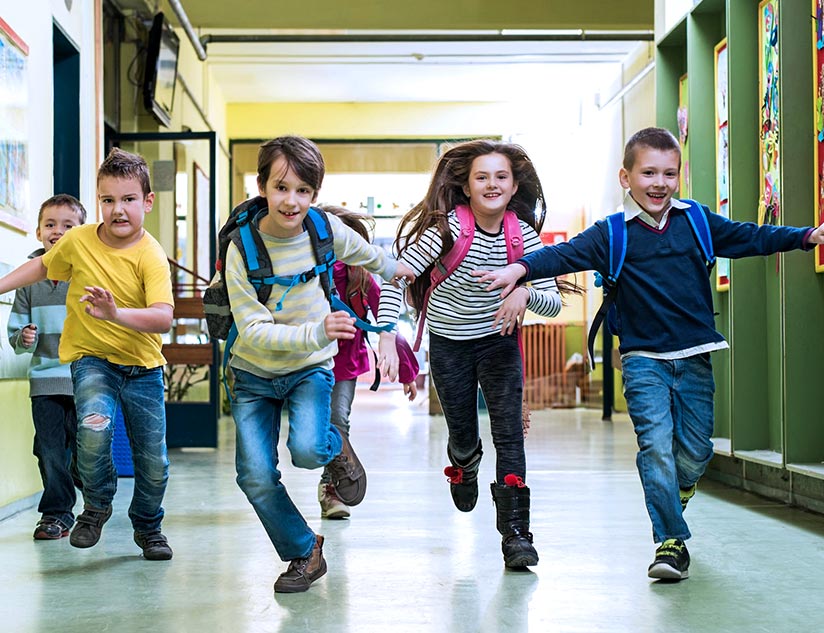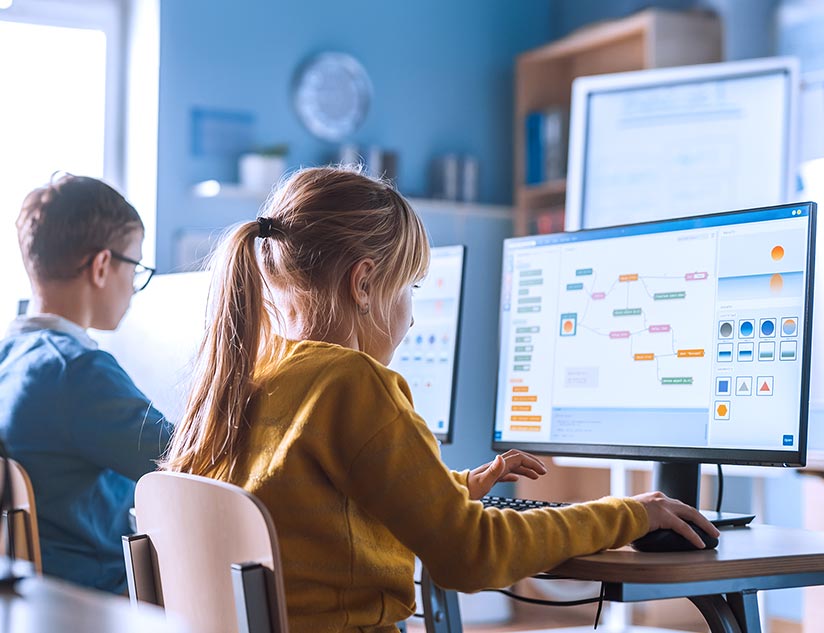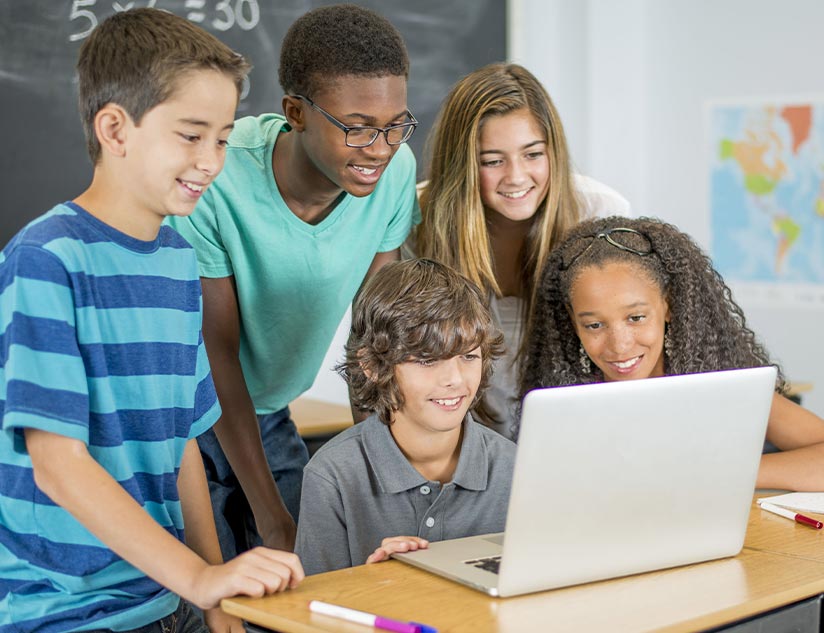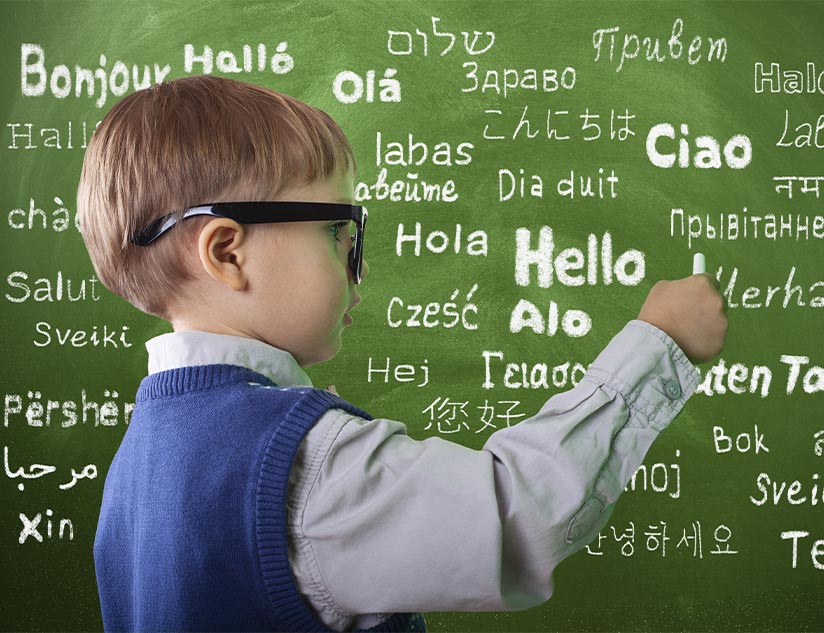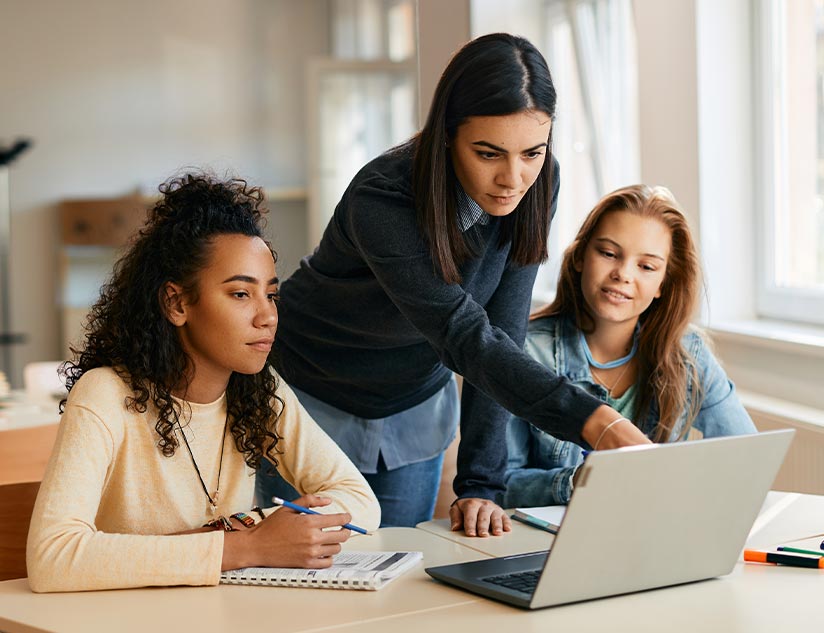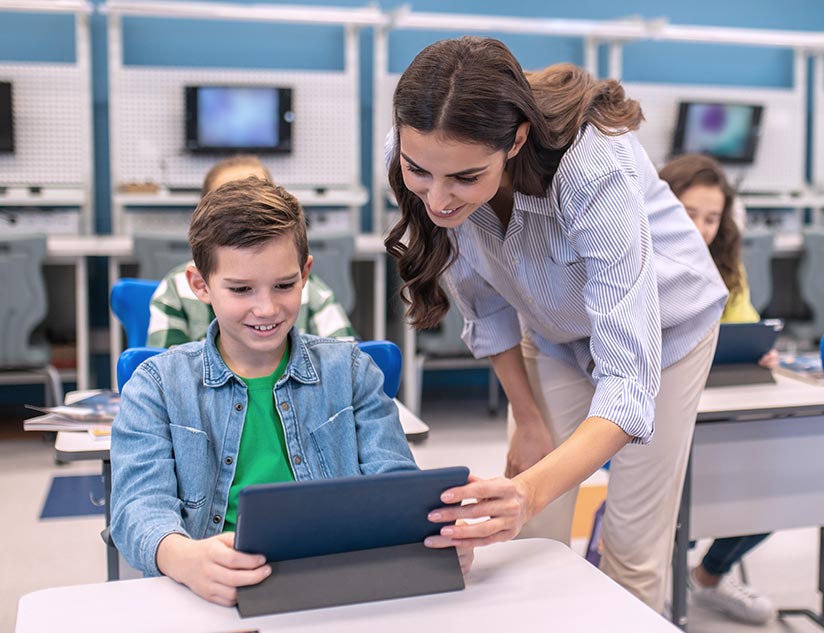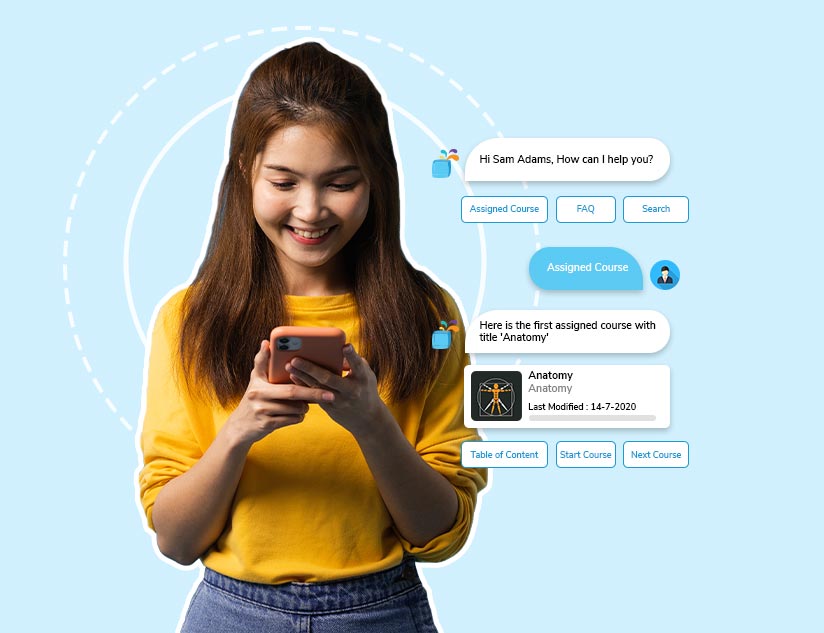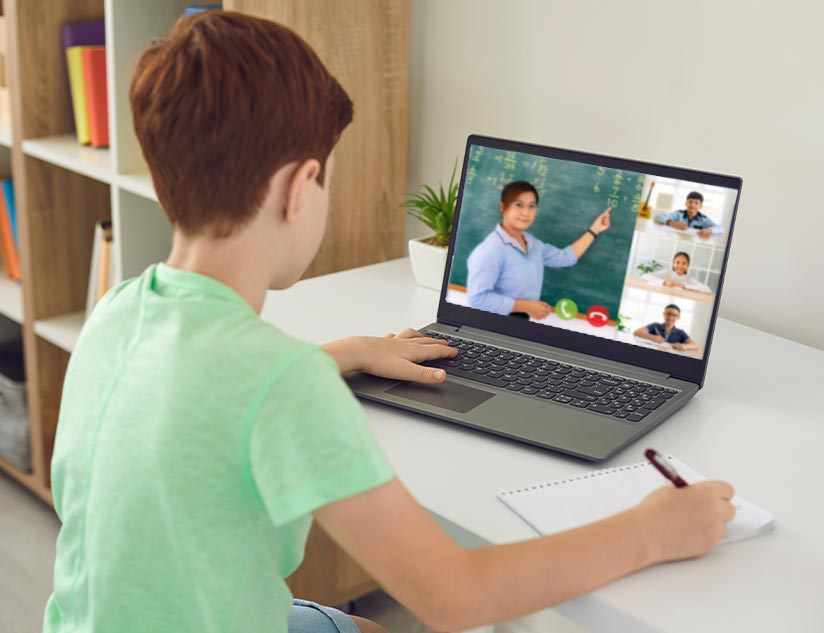Humanizing Remote Instructions During COVID-19 Pandemic
August 31st, 2020
The COVID-19 pandemic has had a tremendous impact on our world. As of August 2020, more than 22 million people have been infected by the virus globally. But those infected by the coronavirus aren’t the only ones affected by this pandemic. The highly communicable nature of the virus led to the closing down of countless businesses, disrupting trade and movement, and taking several countries’ economies to the brink of recession.
The education sector has done very well, even in this situation as well. Had such a pandemic taken place a few decades ago, learning would have come to a complete standstill. For instance, during the 1918 Spanish Flu pandemic, almost all schools were closed, like they are during the current epidemic, most children were involved in household chores or working on farms and even factories. With the help of virtual classrooms, students can continue with their education without stepping out of their homes.
But there are certain challenges with remote learning as well. One of them is the lack of human contact.
The Need to Humanize Remote Learning
If not used correctly, technology can chip away at the human connection, limit collaborative learning opportunities, and make students feel they are learning from the screen instead of a teacher. The dehumanizing effect can make them feel isolated, like just another cog in the wheel, and lower motivation, engagement, and confidence.
Humanizing instructions helps remove psychological barriers faced by marginalized students, which can increase due to remote learning. Due to the pandemic, many students already feel isolated and stressed.
How to Humanize Remote Learning?
The good news is that EdTech offers all the tools required to add just the right human touch to distance learning. Some of the crucial things to keep in mind to achieve this are:
Use Video and Audio Communication Tools
At times, remote learning can get limited to simple text-based resources. But, to sustain motivation and engagement, delivering education through videos can be hugely influential. The effectiveness of videos is not just due to their ability to capture the viewer’s interest. They also help in creating a connection between the instructor and the learner.
Many people underestimate how much impact listening to the voice and seeing the instructor can have. In a study published by ResearchGate, the instructor’s voice increased the sense of connection students had with the community. It also made students feel that the instructor cared about them. The same holds for the visual part of the video as well. Videos help instructors convey information through facial expressions, sounds made between words, intonation, and body gestures.
Also, a video with imperfections is a lot more relatable, personalized. It helps build psychological safety and trust for the students, according to a study on the effects of video production.
Another important thing is to not just use video conferencing tools for this. Asynchronous video lessons are much more effective in humanizing learning. They allow students who might not attend a video conferencing lecture in real-time due to internet connectivity issues. This way, they can access the lesson whenever they wish to. Also, such asynchronous tools help create multiple shorter videos, which are much more useful for learning.
Apart from instruction, teachers can provide feedback in the form of personalized videos, which can offer invaluable support for students.
Discussions and Dialogue
Another vital element of humanizing learning during the current pandemic is the presence of adequate and continuous dialogue. Students should be able to communicate with each other as well as the teachers. Discussion forums allow students to post their queries, and others can answer and discuss leading to collaborative learning.
Empathy and Support
According to a study published in the Innovative Higher Education journal, students who were unsure of their ability to learn significantly benefited when they received academic validation from their instructors. Students who were low on confidence also experienced an increase in self-worth and felt they could learn more.
In the current climate, many students are filled with self-doubt or are stressed. This is especially true for students from marginalized communities that might not have all the right tools for remote learning and could face other socio-economic difficulties. Getting support and empathy from their instructors can make a big difference to such students.
Adaptive Learning
When it comes to humanizing remote learning, the one-size-fits-all approach does not work. In a large group of students, some might need a personal touch more than others. That is why the teaching method needs to be more personalized; this method is known as adaptive learning. For effective adaptive learning, educators need to have information about their students’ learning habits and how they are progressing.
The Perfect Tool for Humanizing Remote Learning
The way teachers handle the situation is incredibly essential for humanizing remote learning during the COVID-19 pandemic. They need to be supportive, caring, and empathetic. But without the right tools, this can be an almost impossible task for educators. You must have realized that just written online teaching material or video conferencing tools, such as Zoom, cannot humanize remote learning. Instead, you need an advanced learning platform, like MagicBox™.
MagicBox™ allows educators to provide learning materials like asynchronous video lessons and feedback, which they can access whenever they wish to. Our recent integration with Bongo allows teachers to conduct video assessments, with time-stamped comments and text, making assessments more personalized. MagicBox™ also offers message boards for discussion, where others can get notified and lead to meaningful conversations and debate.
With MagicBox™, implementing adaptive learning becomes effortless as well.
- Educators can get comprehensive analytics about the students.
- They can know how much time each student is spending on which learning material and their learning patterns.
- They can also learn about their strong and weak areas.
- This gives an idea about which students might be struggling and need personalized support.
- Plus, the advanced learning platform also allows the creation of adaptive assessments.
If you wonder how a single e-learning platform can offer so many features, contact us for a demo of the platform and its rich features.

